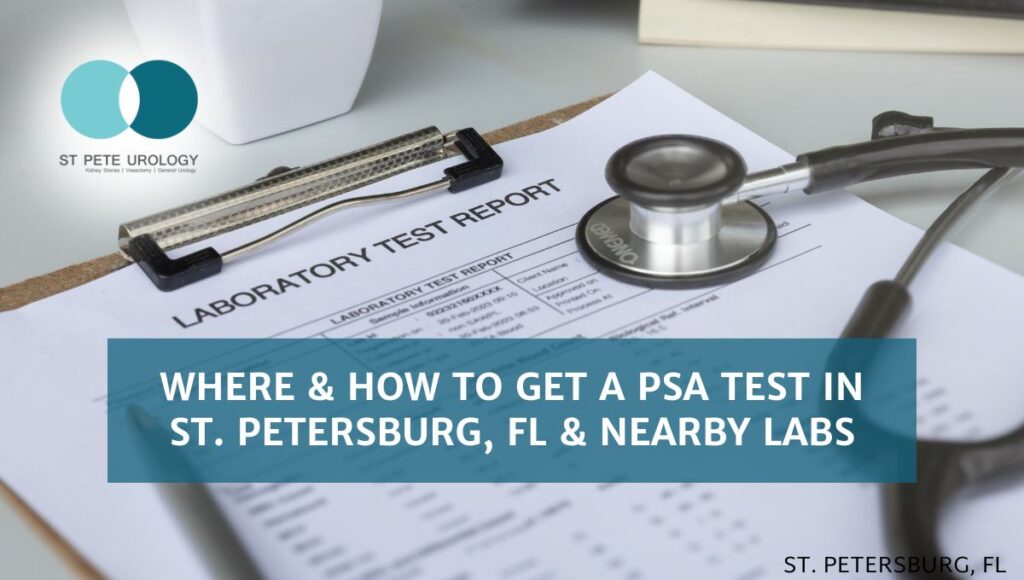Sperm production occurs in the male testis (testicle). Each testis contains seminiferous tubules, which are tiny coiled tubes lined with spermatogonia (sperm stem cells) and sertoli cells (sperm nurse cells) for sperm production. Around the tubes are testosterone-producing cells called Leydig cells, which produce hormones that stimulate the nurse cells and regulate sperm production. It takes roughly 70 days for sperm to develop in the testis and be ready for action.
Movement of Sperm
Newly formed sperm cells move into the epididymis (a tightly coiled duct located above the testis), where special proteins are added to the sperm membrane resulting in highly specialized cells capable of swimming, binding and penetrating the ovum (female egg). Since sperm cells only form a small portion of the ejaculated fluid, the cells are typically mixed with fluids from glands such as prostate, seminal vesicles and Cowper’s gland as they are pushed through the ducts. In fact, a big part of the fluid making up semen comes from the prostate gland and the seminal vesicles. From the epididymis, sperm cells move into the vas deferens and then into the urethra.
Sperm after vasectomy
During a vasectomy, the sperm duct (vas deferens) is cut and its ends sealed to prevent passage of sperm into the urethra. So sperm cells are still produced and moved into the epididymis to mature but are not able to pass into the vas deferens because of the blockage at the ends of the vas. After a vasectomy, sperm is still produced but does not get into the ejaculated fluid due to the blockage of the vas deferens. And since the sperm cells cannot move out, they naturally dissolve and are absorbed by the lining (membrane) of the epididymis. Vasectomy does not reduce a man’s ability to have orgasms. In fact, you still have the same mind-blowing experience but without the possibility of a pregnancy.
Does vasectomy have complications?
Vasectomy is one of the most effective and safest methods of birth control. However, like every other surgical procedure, a vasectomy may have complications. Therefore, it is important to discuss this with your doctor before undergoing the procedure.
Whenever complications occur after a vasectomy, they are usually minor and very easy to treat. For instance, after the procedure a man may experience a dull ache or pain due to pressure on the tiny tubes of the epididymis. This pain is treated with medication, though removal of epididymis sometimes may be recommended. Other possible complications are a risk of infection, fluid accumulation, temporary swelling, transient bruising or bleeding. Vasectomy does not increase the risk of prostate cancer.
Looking for a surgical and medical center where you can have the safest vasectomy procedure? At St Pete Urology, you can be sure of getting one of the most skilled and experienced pool of urologists, latest medical and surgical equipment, and patient-friendly, multidisciplinary services that guarantee the best outcomes. For more information, visit the “St Pete Urology” site.





